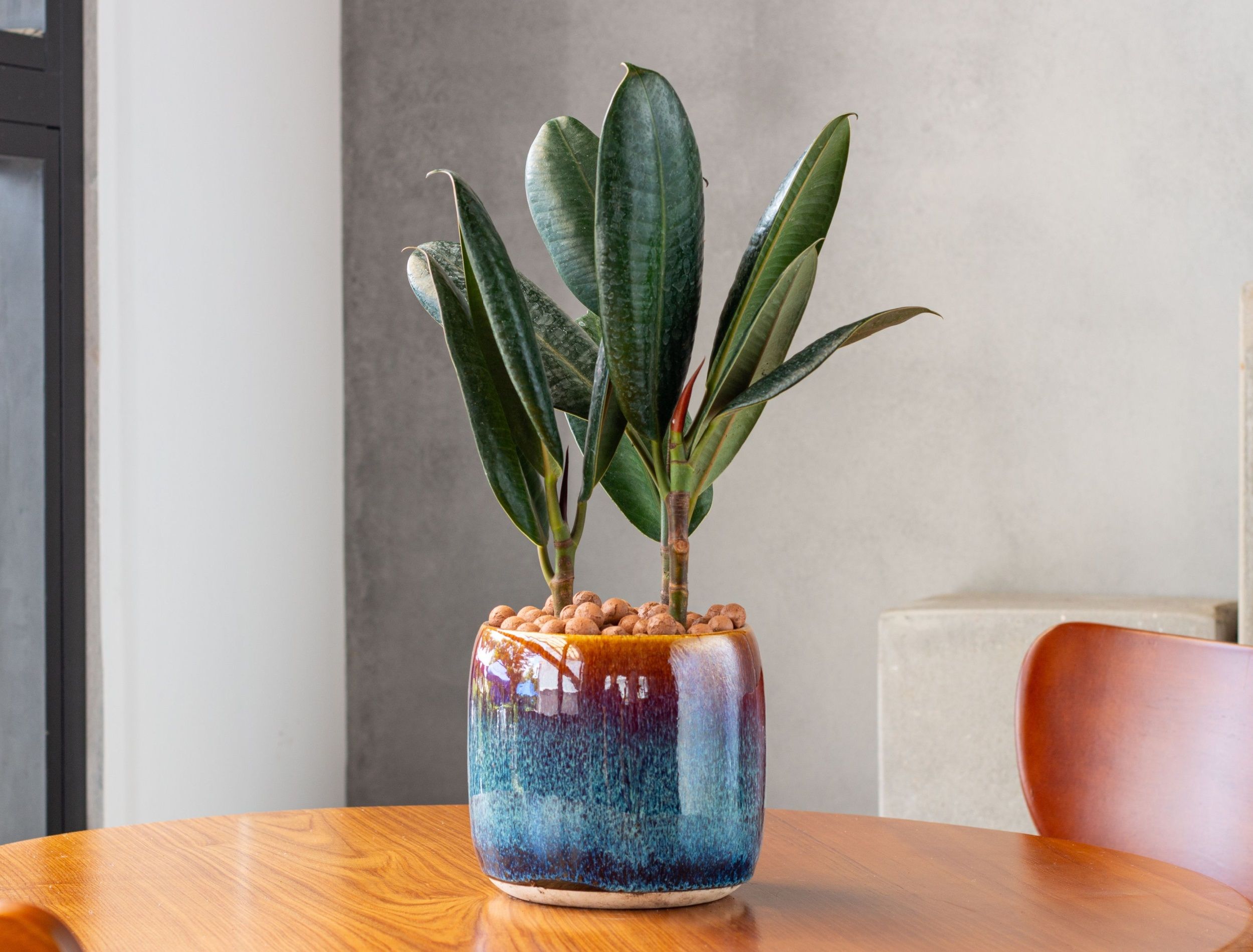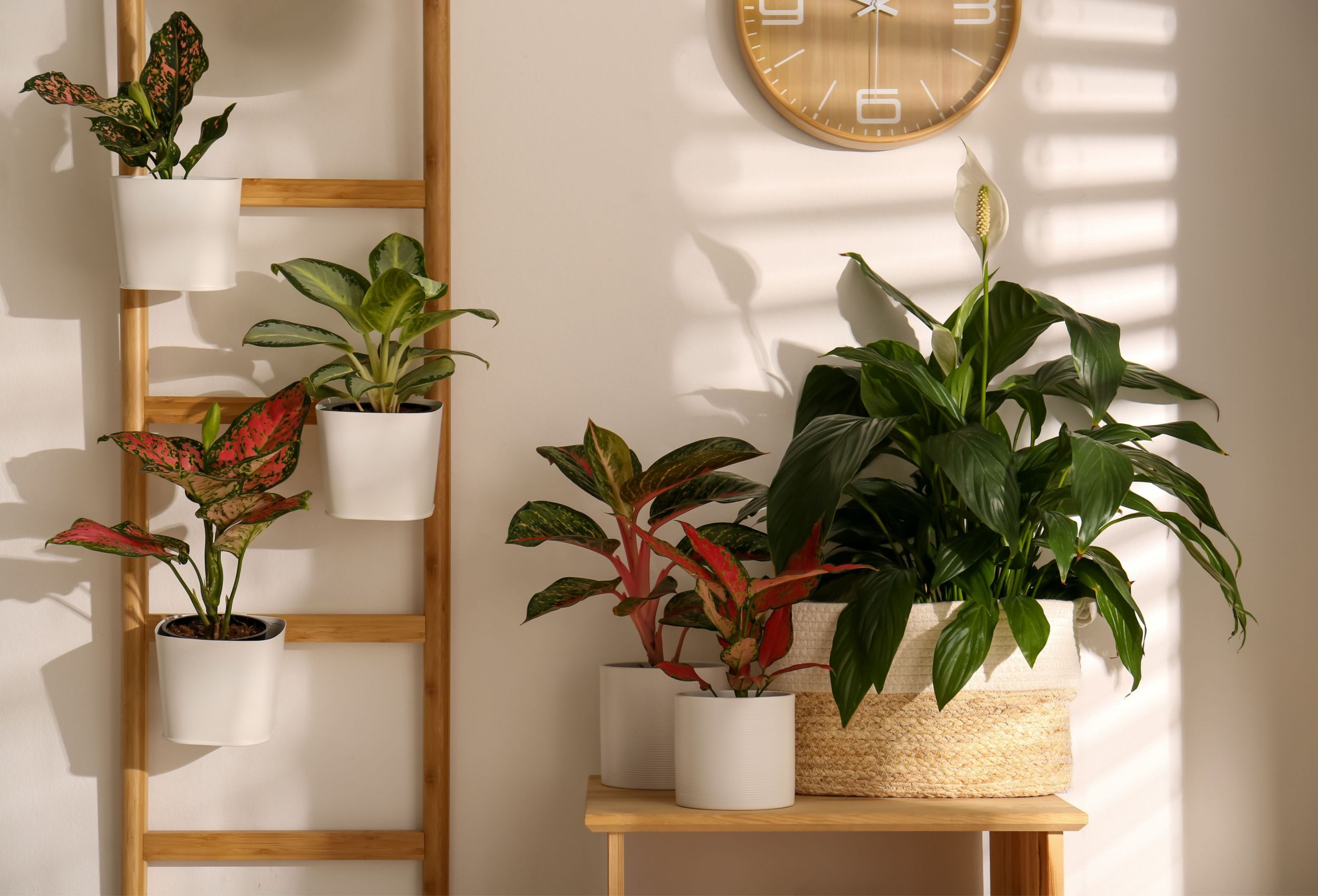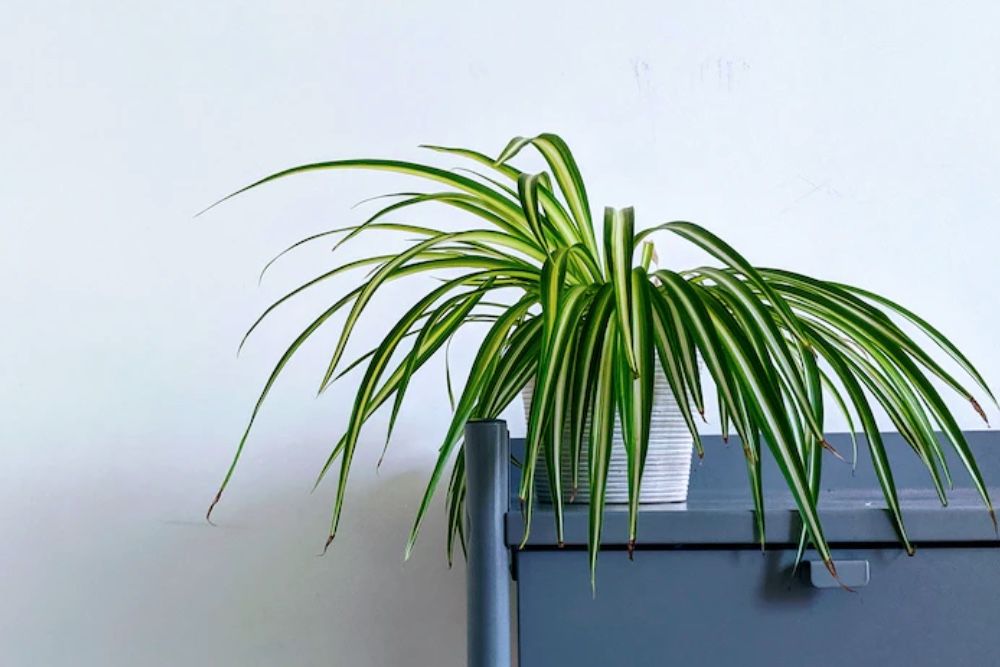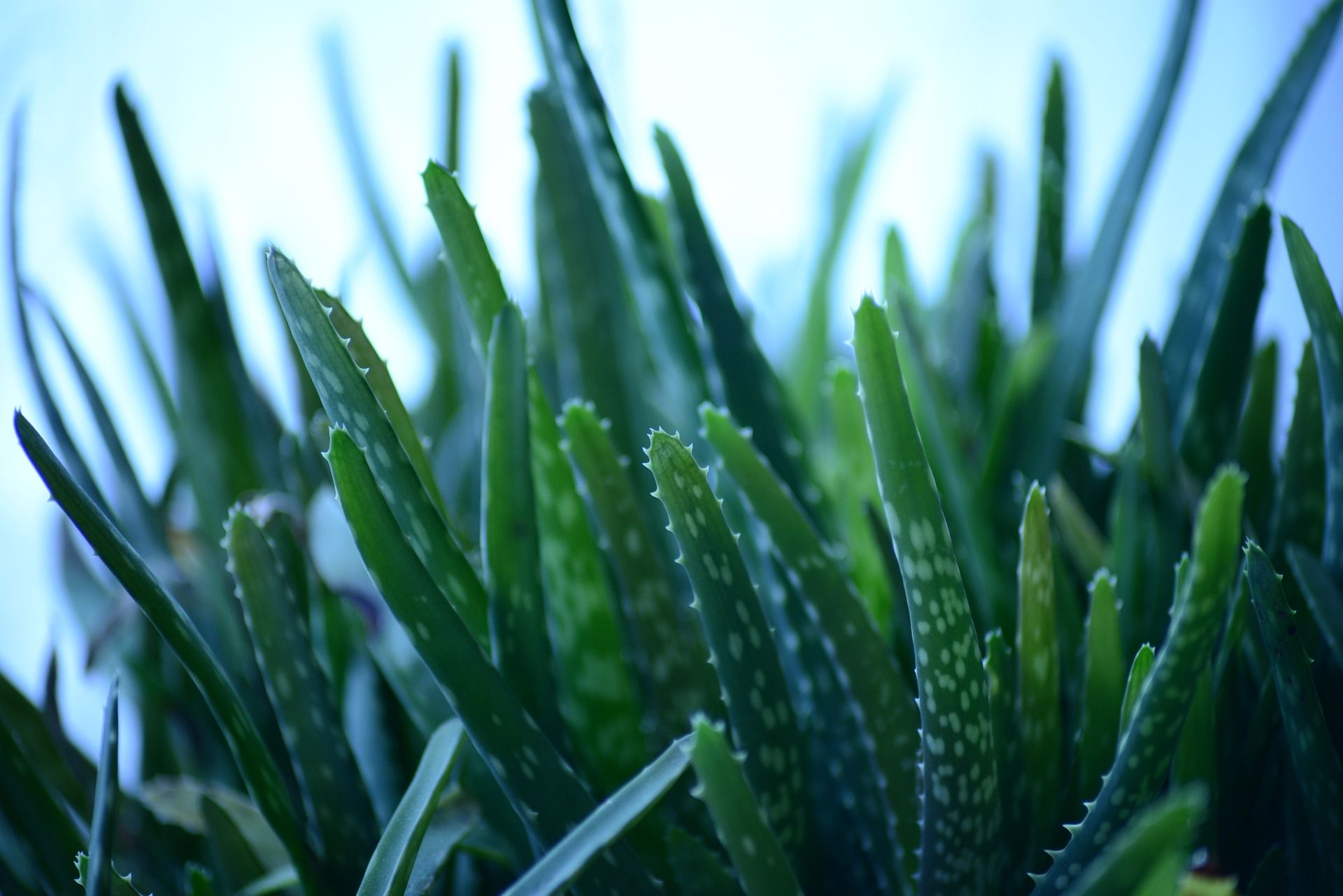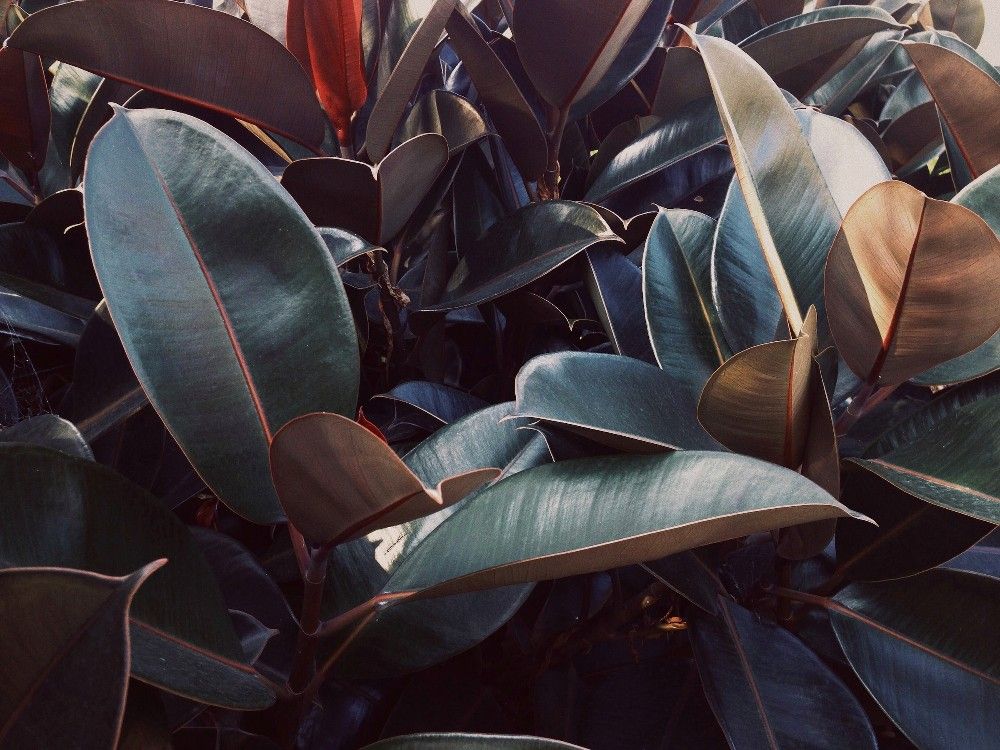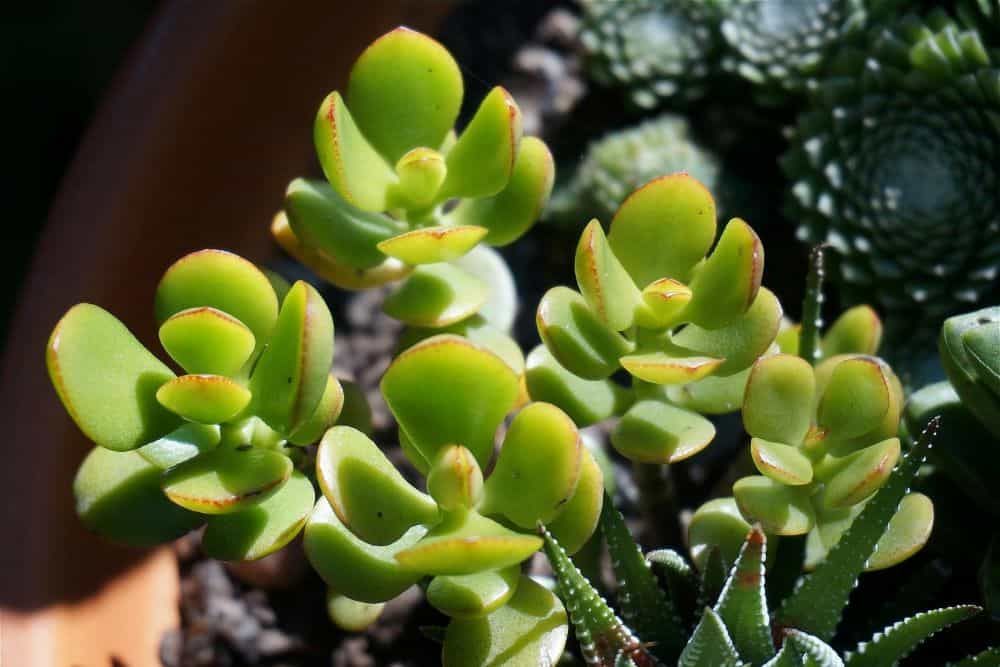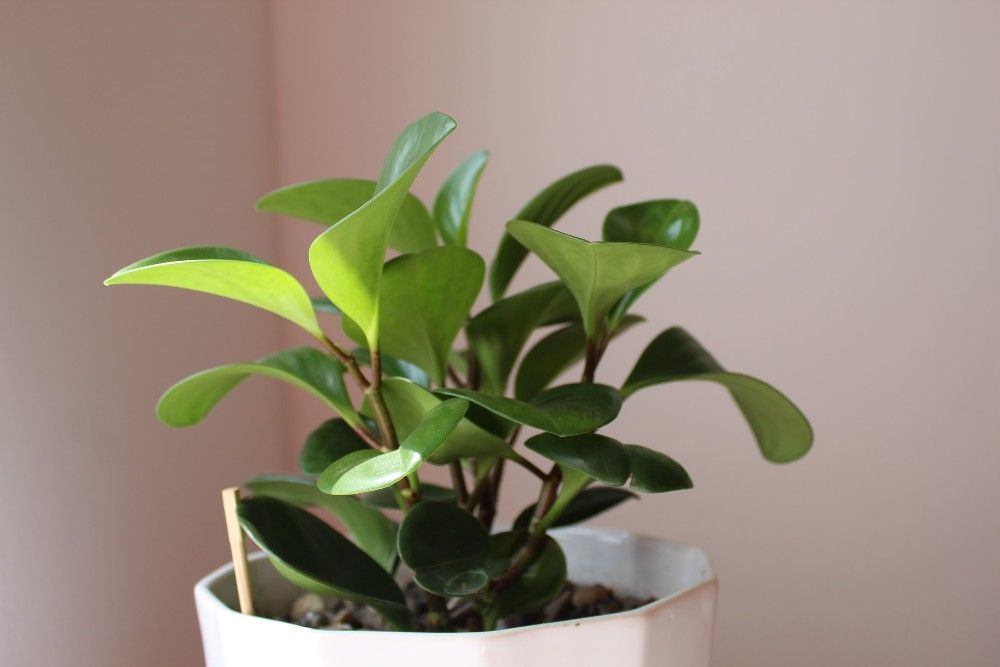House plants are an excellent way to spruce up your home and add a dash of freshness to your life. They're incredibly beneficial as well. Not only do they provide a nice hobby, but some can also help keep the air purified. In some cases, the plant leaves or sap can soothe your skin too!
If you've never indulged in a home garden before and are looking to start small, or if you don't have too much time for heavy care, have no fear. There are a variety of houseplants that thrive with minimal effort and still yield maximum beauty. Are you ready to turn your home into a beautiful indoor garden?
Essentials To Consider
Image credits: New Africa via Shutterstock
Before you start your gardening journey, here are a few key points you should consider.
- Type of plant: Are you looking for a flowering or non-flowering plant? Avoiding flowering plants might be a good idea if you or your family suffer from pollen allergy.
- Location: Where are you planning to place the plants, inside your home or on the balcony? Is there adequate sun?
- Watering schedule: How often can you water the plant?
- Health concerns: Certain plants are toxic to touch and ingest, so if you have children or pets, it might be wise to select non-toxic plants.
1. Spider Plant
Image credits: Lucian Alexe via Unsplash
Hands down one of the easiest houseplants to grow, the spider plant requires very little oversight to flourish. What's more, they're non-toxic and thus an excellent choice for those with kids and pets.
This easygoing houseplant is tolerant of drought and heavy shade, even thriving well in artificial light. Consequently, they make a great addition indoors.
The spider plant can be planted in a regular pot or a hanging planter and requires well-draining but moist soil. Be careful not to overwater them, as they may develop root rot. They can also burn in direct sunlight. For fertilizing, you can go about it once every three to four months with a balanced, time-release fertilizer.
The spider plant may sometime yield tiny white flowers at the end of its long stems, though this is rare when they are indoors. This houseplant may become root bound, so they require repotting, as necessary. Watch out for spider mites, whiteflies, scales, and aphids. This sounds like a lot for a new gardener, but don't fret! It's easier than it looks.
2. Aloe Vera
Image credits: PollyDot via Pixabay
This houseplant needs no introduction. The aloe vera is a remarkable and practical plant. The plant's gel can be used for burns and can be made into a drink that boosts immunity, cleansing your system. Although it is non-toxic for humans, it's best to keep it away from your cats and dogs.
This spikey green succulent requires consistent watering, but it does tolerate drought, holding water in its thick, sprawling, fleshy leaves. Because of this adaptation, it's crucial not to overwater these plants, or you'll end up with root rot or mushy leaves. In the winter, you can get away with watering once a month.
With that said, remember that this plant thrives in bright sunlight but can tolerate partial shade. Being a tropical plant, it enjoys warmer temperatures, so it's best to keep this plant in a well-lit place where it might yield flowers.
3. Peace Lily
Image credits: Elena Golovchenko via Pexels
If you're looking for a beautiful bloom to add a touch of elegance, then the peace lily is an excellent choice. While it's indeed an attractive and easy houseplant to care for, it's also poisonous. So be careful to keep it out of the reach of children and pets.
The most attractive feature of the peace lily is the large white flower which blooms when given enough light. However, it needs to be indirect, as direct sunlight dries the plant and may turn the leaves brown or yellow. The peace lily does not tolerate cold very well and prefers temperatures above 60 degrees Fahrenheit.
Use a well-draining, all-purpose soil to plant the peace lily. It doesn't require frequent fertilization, about once every six weeks or so, but try to change the soil every year to ensure good growth. If the lily grows too large for the pot, divide it and repot it into a container 2 inches larger than the previous one.
When it comes to watering, peace lilies will let you know when it's thirsty as the leaves start drooping slightly. Try to make sure the water used is chlorine-free, which means no tap water!
4. Ficus Elastica
Image credits: Eric Fiori via Unsplash
The ficus elastica, commonly known as the India rubber tree, is a popular houseplant in cold climates. It's low maintenance, and the vibrant and glossy dark green leaves make it a beautiful addition to any household.
Plant it in a large gallon-sized pot with well-draining soil. As a houseplant, it's tolerant to drought and is not picky about light. During the winter you can water once a month but will of course need more water during the summer. It thrives in direct sunlight or partial shade.
The rubber tree is easy to grow and requires minimal watering, moist soil, and routine fertilization. It is poisonous for both you and your pets as ingesting the sap can cause digestive issues and irritation in the mouth.
5. Jade Plant
Image credits: Jan Haerer via Pixabay
The jade plant is a long-lived succulent that is a popular choice for both new and seasoned gardeners. It requires relatively low maintenance, and its egg-shaped leaves make it a cute addition to your house. When grown in direct light, the green leaves of this house plant are tinted red, adding to its charm.
The jade plant can thrive even in low humidity and tolerates drought well, but it requires consistent watering during spring, during it's growing season. Pick a well-draining soil mixture and a pot that allows for easier soil drying such as terracotta. Ensure the soil is completely dry between watering sessions because the jade plant does not like wet feet and is susceptible to root rot.
This house plant needs bright light throughout the day. The younger plants should be placed in indirect light, but older, established plants can tolerate direct sunlight. It's not nutrient-demanding, so be sparing with the fertilizer.
The jade plant is actually easier to manage when it is root bound, so don't repot it frequently. Once every two to three years for younger plants and four to five years for older plants. Keeping these plants in smaller pots will make them more manageable.
Once again, the jade plant is toxic to humans and pets, so keep it out of reach!
6. Peperomia
Image credits: Alda González-Cuevas via Unsplash
The peperomia (Peperomia obtusifolia), commonly known as baby rubber plant, is a beloved perennial, and a very easy houseplant, especially for novices. It is small, tolerates drought, and does well in indirect light. The plant has beautiful waxy green leaves, sometimes mottled with golden, cream, or gray colors.
This house plant needs a peaty, well-draining loamy mix, as it might develop root rot if it's too wet. Therefore, stick to a clay pot as it helps keep the soil dry and check the soil before watering sessions. They need dappled light to thrive, keeping it out of direct sunlight. The peperomia does well in humidity and is very intolerant to cold.
It doesn't require intensive fertilization; twice a year is good enough. Watch out for pests like mealybugs, spider mites, and white flies. It is non-toxic to pets making it an excellent addition to your indoor home garden.
7. Snake Plant
Image credits: Damian Apanasowicz via Pexels
The snake plant is notorious for being a tough one. It can tolerate a lot of things, including heavy drought. It's a perennial that's perfect for novice gardeners, and the vibrant green foliage, trimmed with cream and yellow streaks, makes it an excellent addition to your home. There are also many benefits to keeping a snake plant in your home, one of which is its ability to act as an air purifier.
The plant does well in bright locations but be sure to place it in indirect light. It is worth mentioning that the plant thrives in shade and direct sunlight too. Use a potting soil mix that drains well. Ensure the soil is dry between watering sessions to avoid overwatering the plant.
The plant is toxic if ingested so keep it out of reach of pets and kids.
Enjoy Your Gardening Experience!
Gardening and nurturing plants is a great stress-buster and an excellent way to spruce up your house and create a fresh feel. For new gardeners, it might seem like a daunting task, but it's something you can pick up in no time.Oonce you get going, it's addictive! Shed your fear and embrace your inner green thumb!
Do you have any other suggestions or thoughts? Leave a reply in the comments section below!

